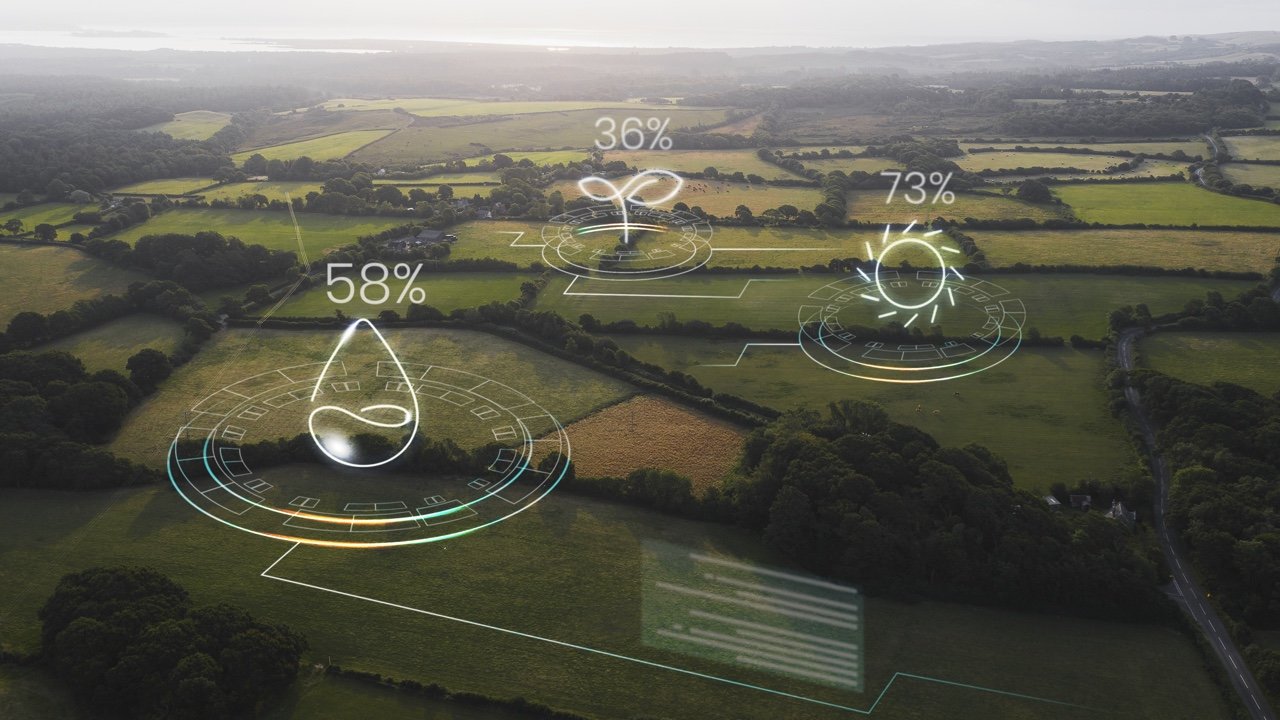“The development of the agri-tech sector is becoming indisputably important in the context of innovations. It could help to satisfy the amount of food needs for the rapidly growing human population,” – says Alina, Marketing and Sales Manager at Xplicity.
In this article, you’ll find Alina’s insights on AgTech sector from perspectives of the food consumption, shortage and etc.
Investments in agri-technology are growing
It is estimated that food production needs to increase by 60-70% over the next few decades to keep pace with population growth. The development of the agri-technology sector is becoming indisputably important in the context of innovations. It could help to provide enough food for a growing human population. In the third quarter of 2020 alone, the agri-tech sector attracted more than a fifth of the investment that has been made in the sector as a whole over the past decade.
Roboticization is another important aspect of this topic. A wide range of robots and prototypes have already been developed worldwide. They are capable of performing a variety of routine, mechanical tasks; working in hazardous environments, or simply helping to compensate labour shortages. The development of such solutions is also necessary because of the labour shortage in rural areas as the population declines. Also, modern technology and the development of rural infrastructure could encourage people to stay in these regions or even to move to them again.
Changes are taking place
In general, the growing public interest in the origin of produce, growing conditions and transparency of the supply chain, and the pandemic that has hit the world have led to a number of technological developments. For example, shorter food supply chains have emerged, where production goes “from field to fork” without the involvement of additional market players such as logistics centers, large supermarket networks, advertising agencies, etc.
Blockchain technology is also gaining strong traction, helping to ensure traceability of food products and transparency of the supply chain. Thanks to its decentralised data management model, every change to the system data is visible and validated by all users. In this way, the technology helps to ensure the availability and management of high-quality, unadulterated food data.
To address food shortage, an increasing number of alternative food production methods are being developed and incorporated, such as lab-grown meat and insect proteins.
Technology is not everything
Technology can of course be a tool to grow more, faster, etc., but growing record amounts of food in one region of a country and wasting some of it, rotting it away, is unlikely to achieve the goal of feeding the population in another region of this country. Two aspects, therefore, become important: educating people and the system for distributing surplus food.
Summary
The development of the agri-food sector using various innovations is becoming crucial recently. This can also be felt while observing a rapid growth of investments in the industry. Robotization tends to appear among the top focus areas of these investments. Other priorities are making supply chains shorter, involving blockchain technology for food traceability, and finding alternative food production technologies or sources.

